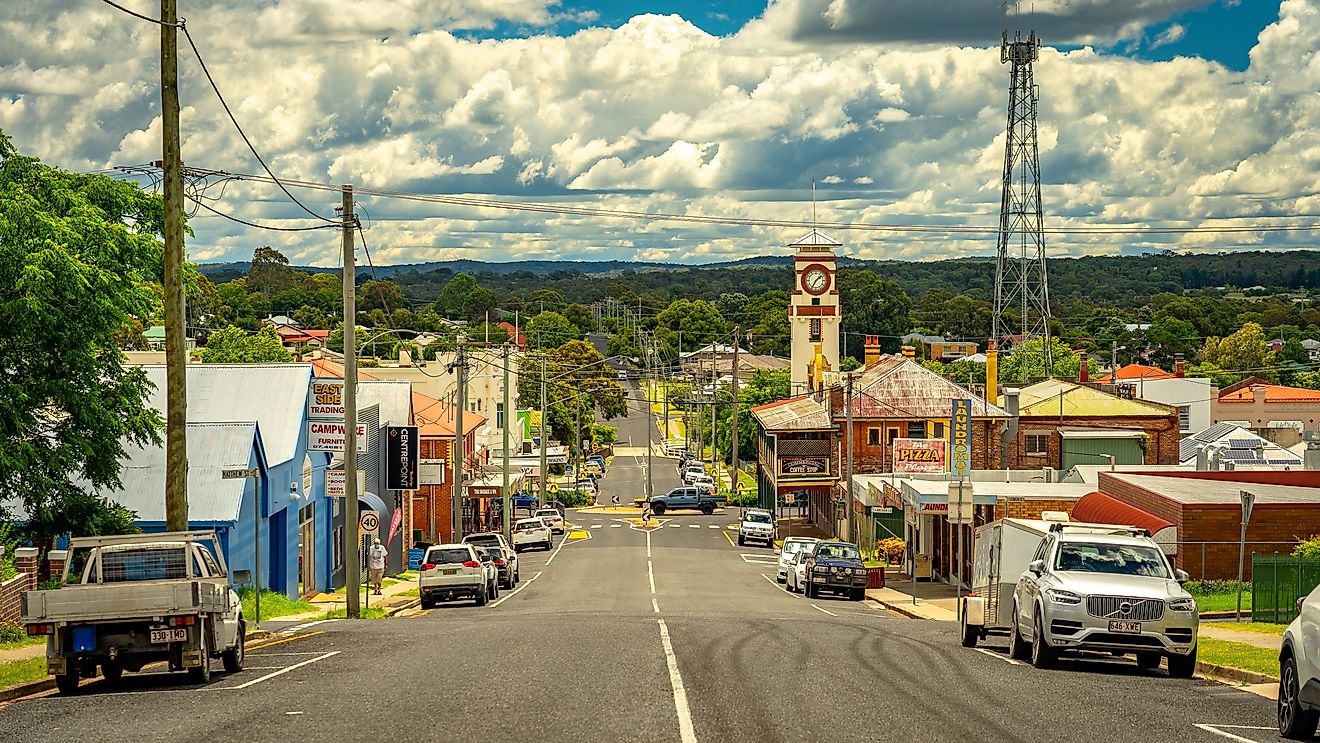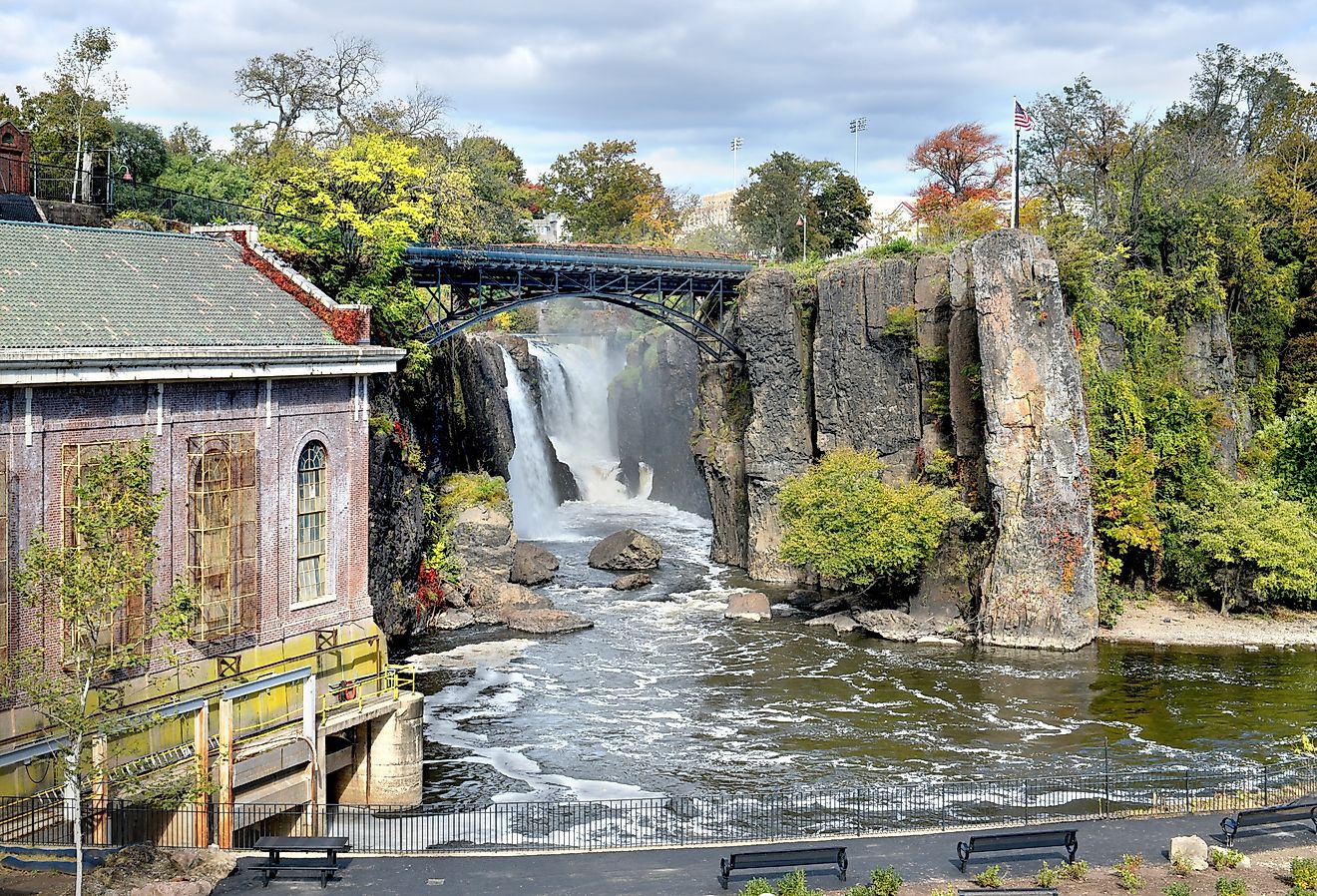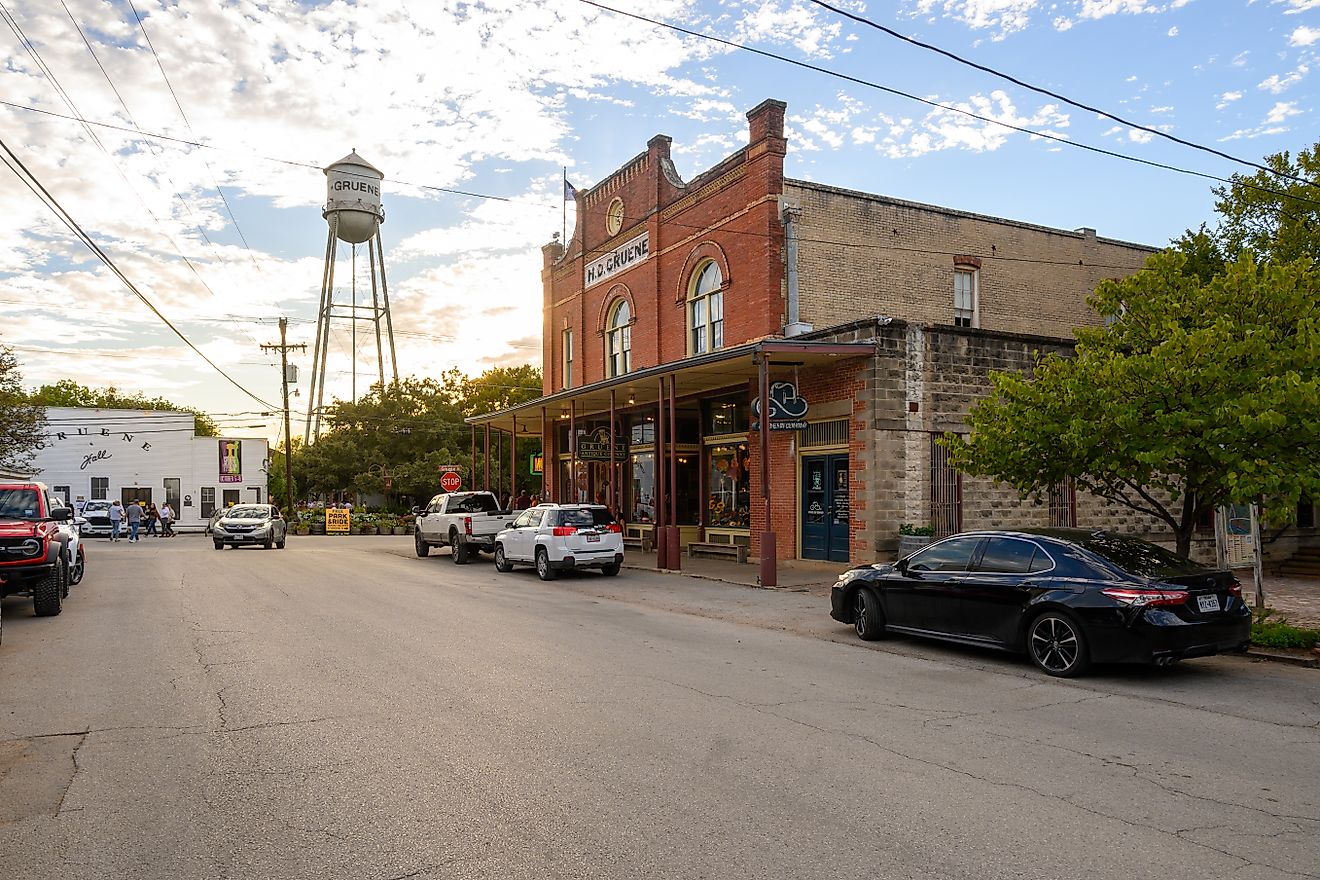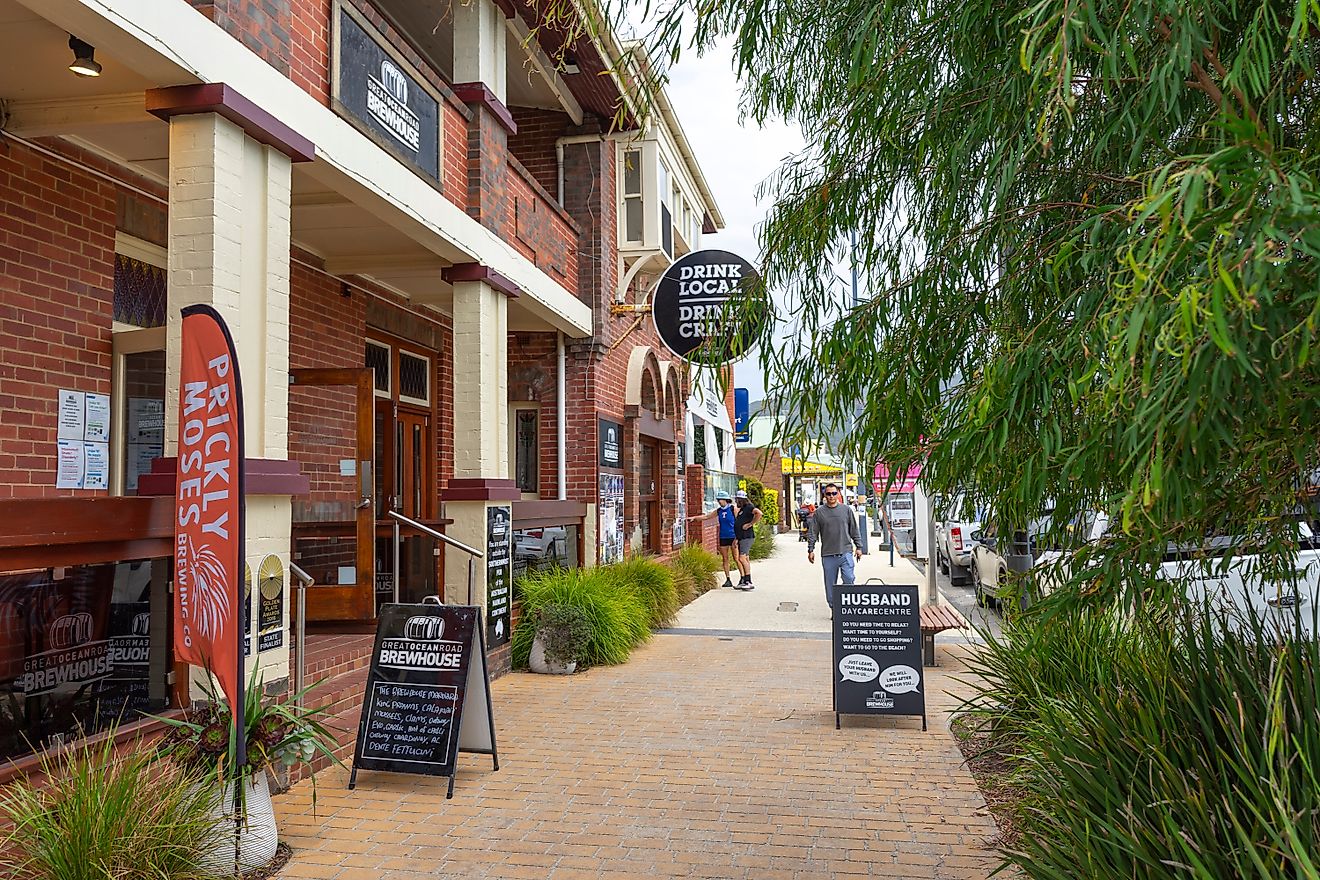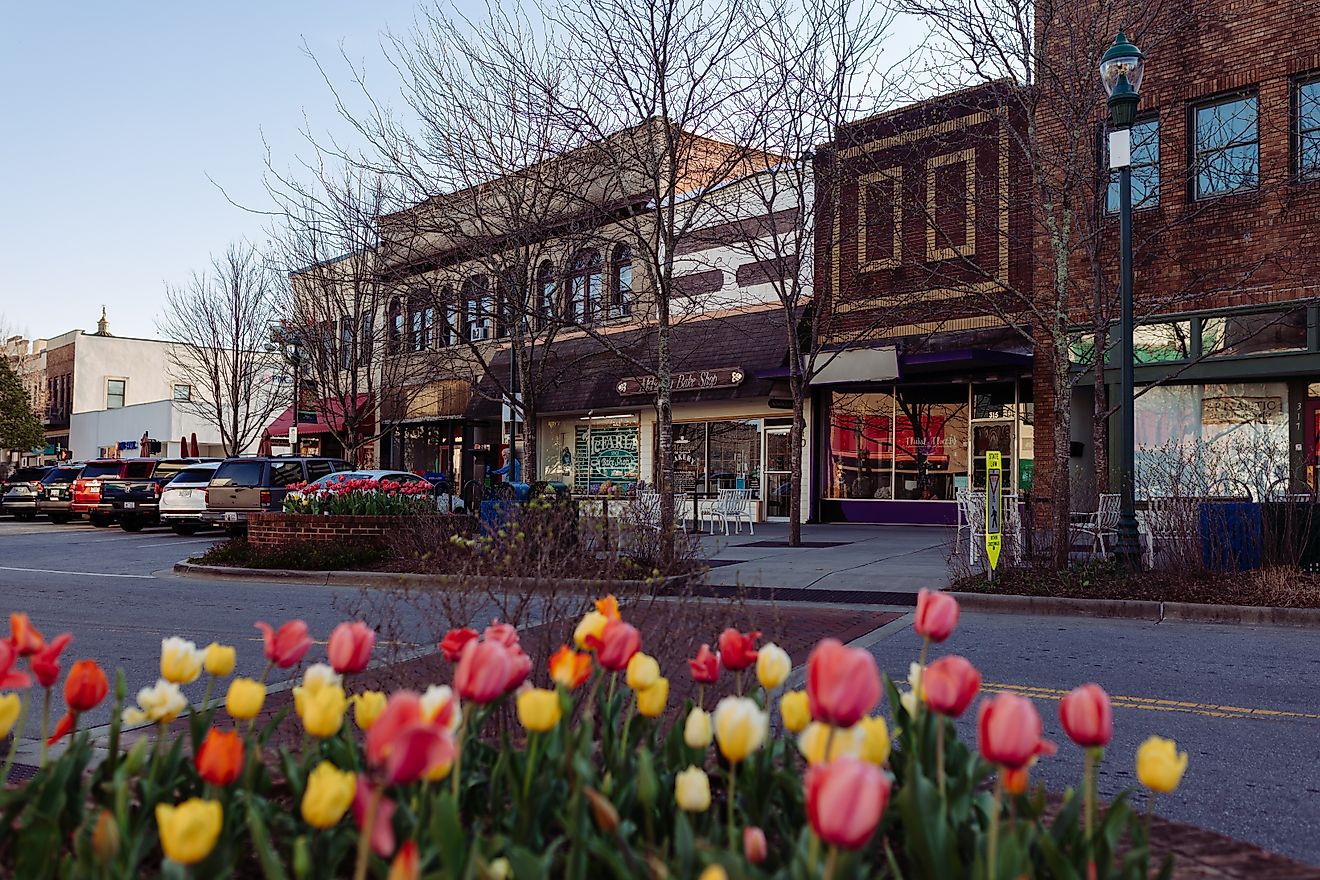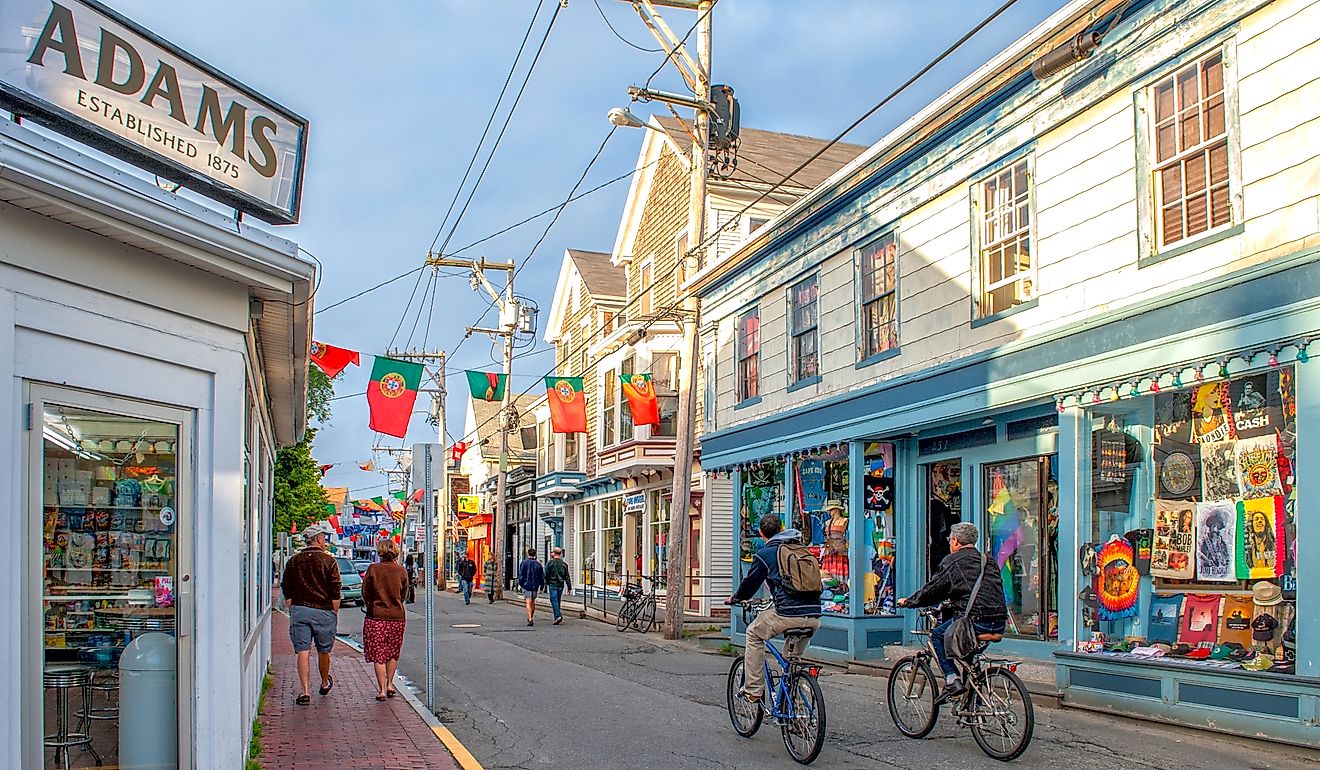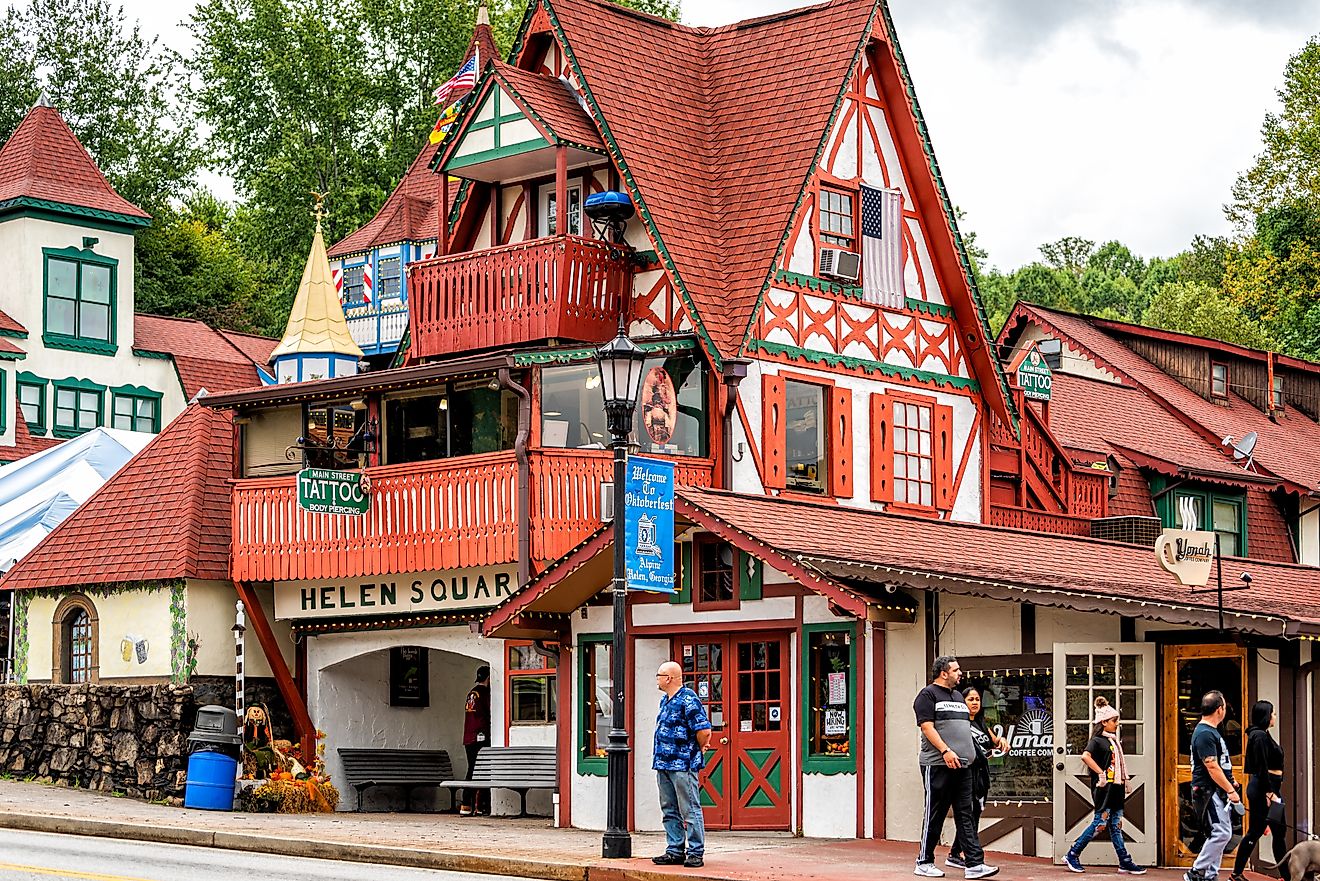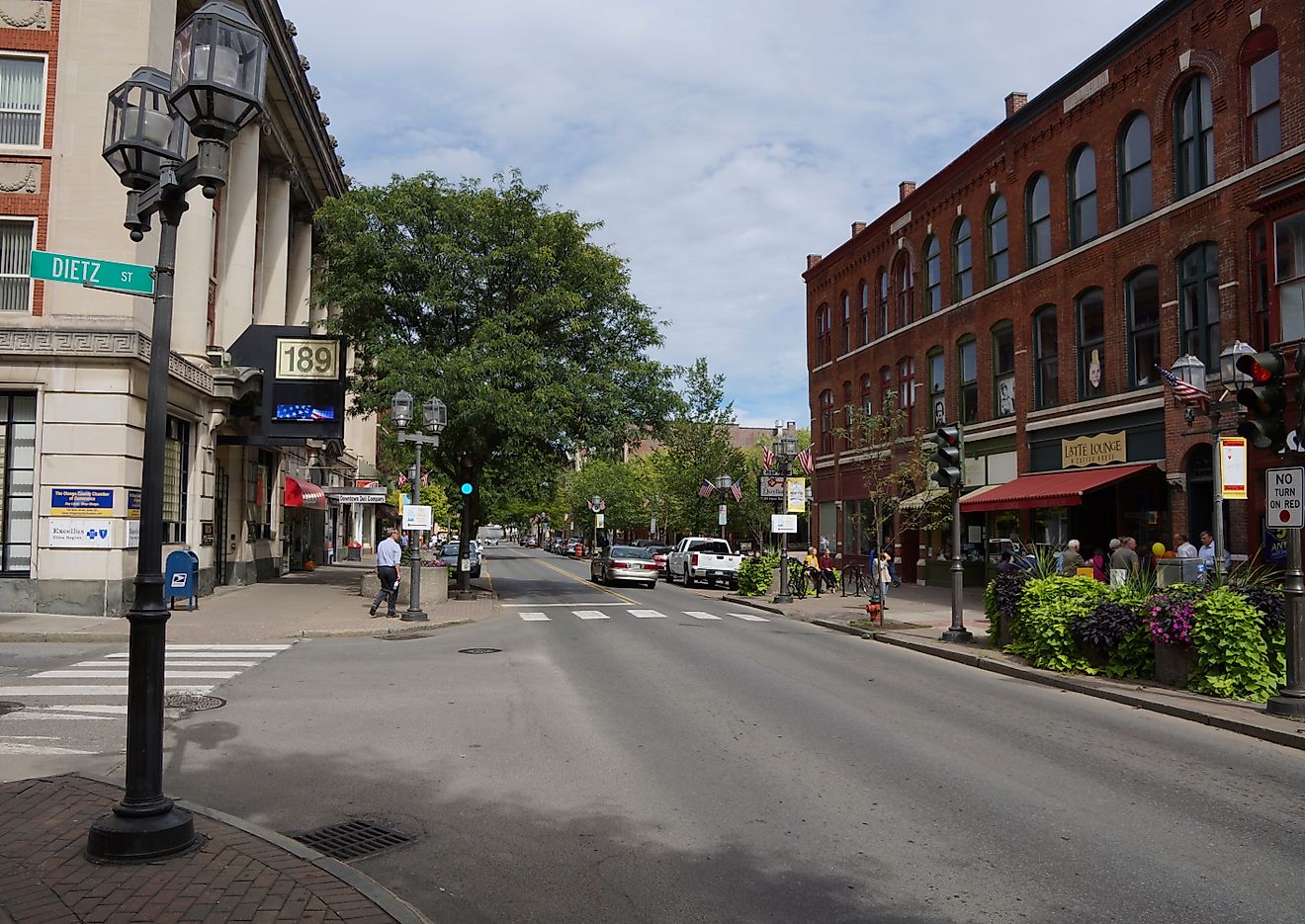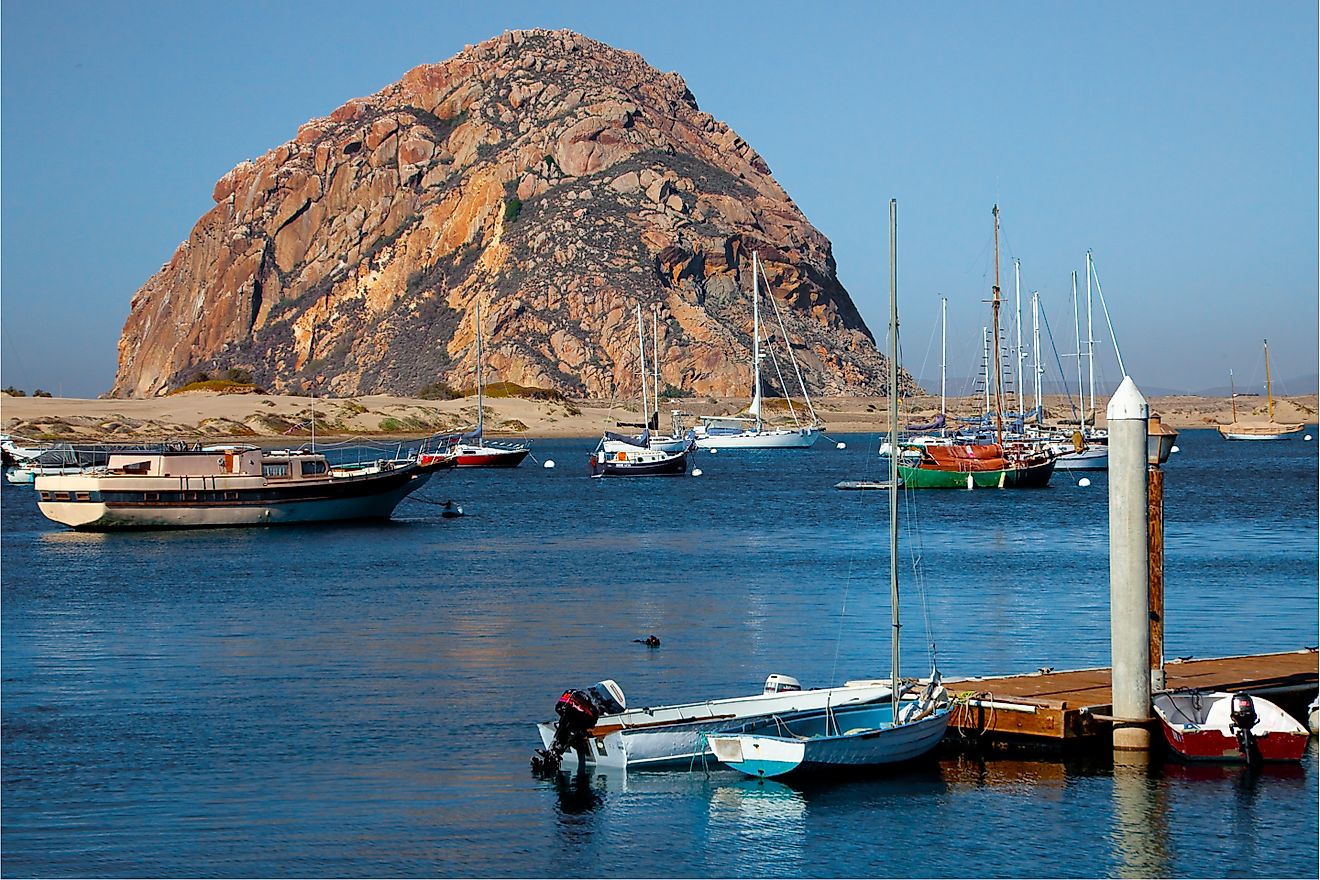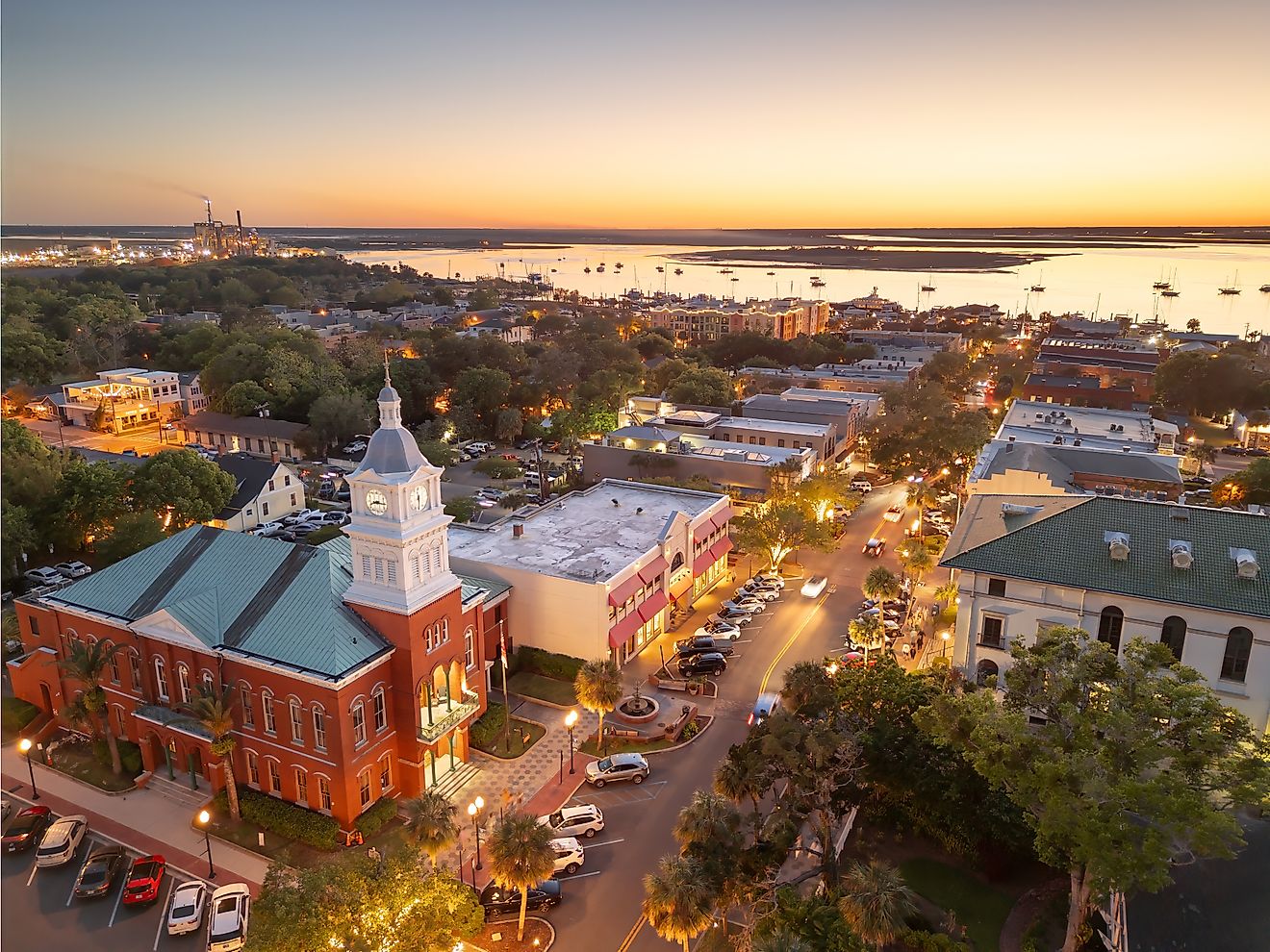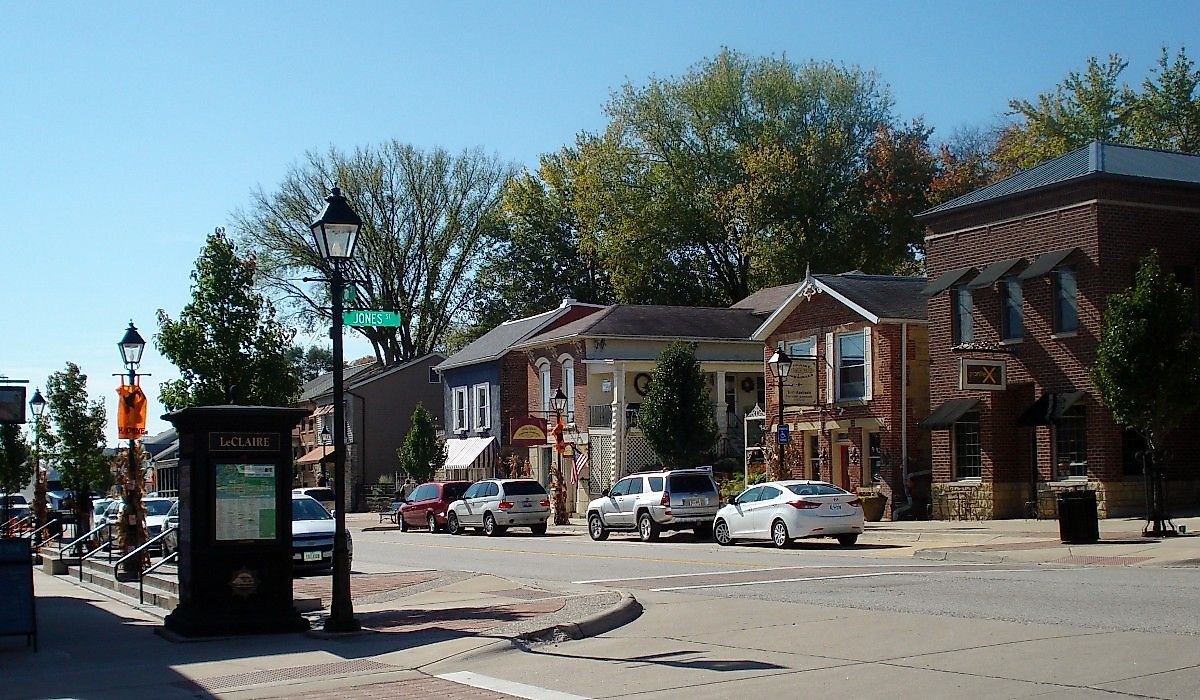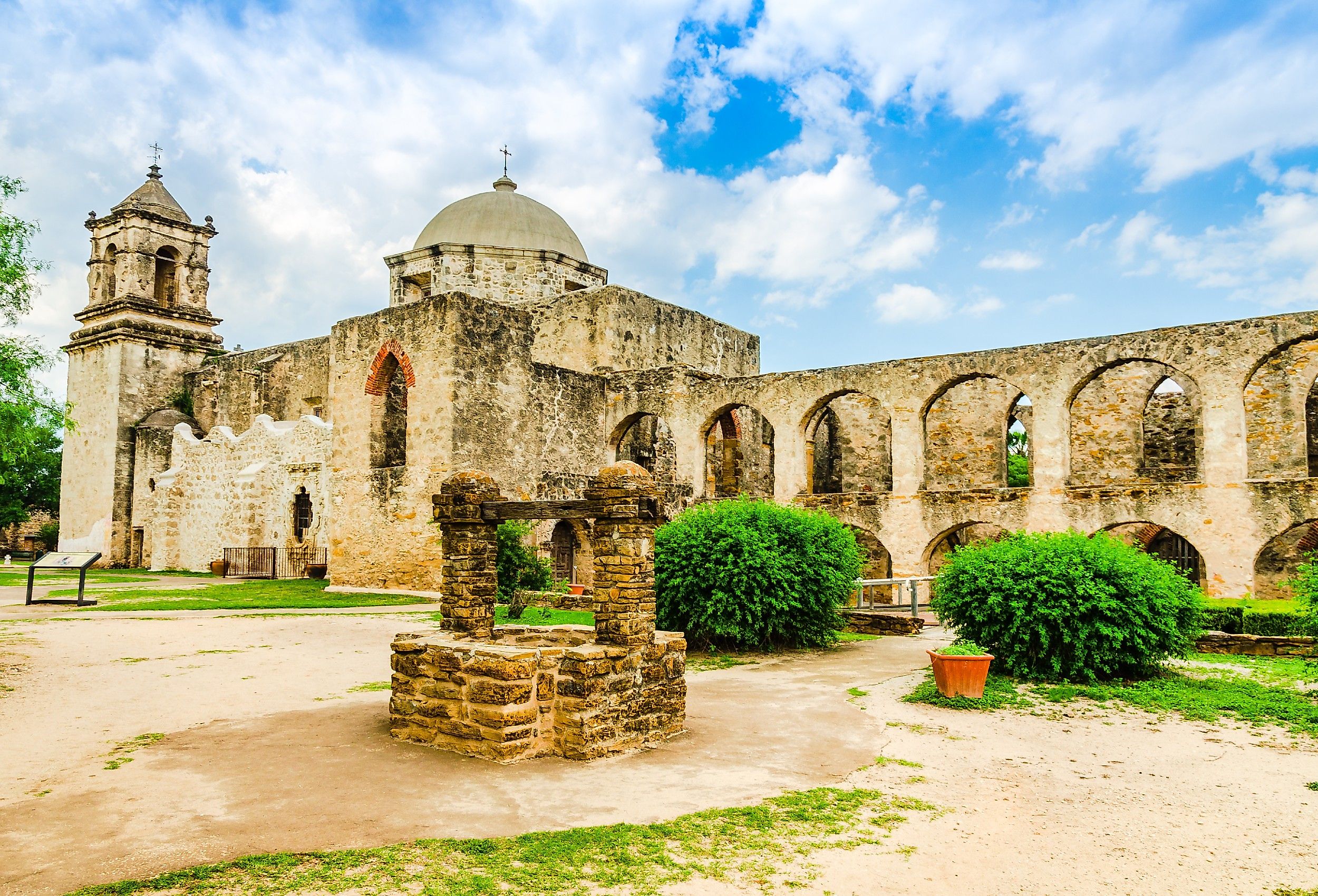
San Antonio Missions
The modern conception of colonialism in North America often brings to mind American settlers in the forests and plains of what is now the continental United States during the height of manifest destiny in the 19th century. However, the beginning of colonization in North America came many years earlier and in a far different climate. In 1690, Spanish settlers in what is now Texas began establishing frontier missions, and church outposts meant to spread Christianity to the Native Americans in the area. Located in San Antonio, Texas, the San Antonio Missions have become historical landmarks and travel destinations for tourists. While there are five missions, the most famous of them, the Alamo Mission, is a part of a separate historical site due to its importance to Texan history.
The San Antonio Mission's site consists of four missions alongside the excluded Alamo. The missions are; Mission Espada, Mission Concepción, Mission San Juan Capistrano, and Mission San José.
Mission Espada
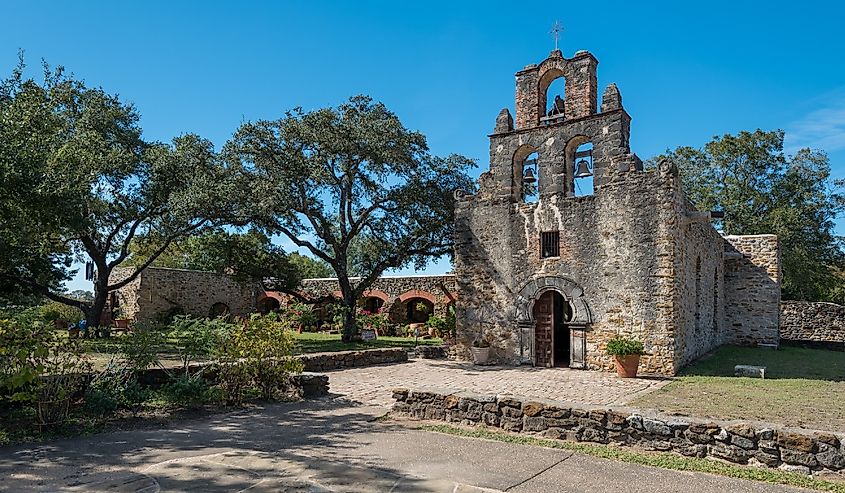
Mission Espada was the first established, originally founded as Mission San Francisco de los Tejas in 1690. However, it was renamed in 1721 to San Francisco de los Neches and renamed again in 1731 as San Francisco de la Espada. It was originally founded with a group of only three soldiers and three priests. Their intention was to convert the nearby Nabedache Native American tribe, but a smallpox epidemic made the Nabedache hostile to the Spanish, as they assumed the recently arrived colonizers were responsible. With threats from the Nabedache mounting and the threat of a serious drought in the area, the missionaries retreated to Monclova in modern-day Mexico. The mission was re-established in 1716 but quickly ended due to war between Spain and France. It was re-established for a final time in 1721 and continued on until 1730, but the Nabedache had no interest in conversion. In 1731, the mission returned to where it is now located, building a friary and church. They faced continuous rebellious activity from the local natives.
Mission Concepción
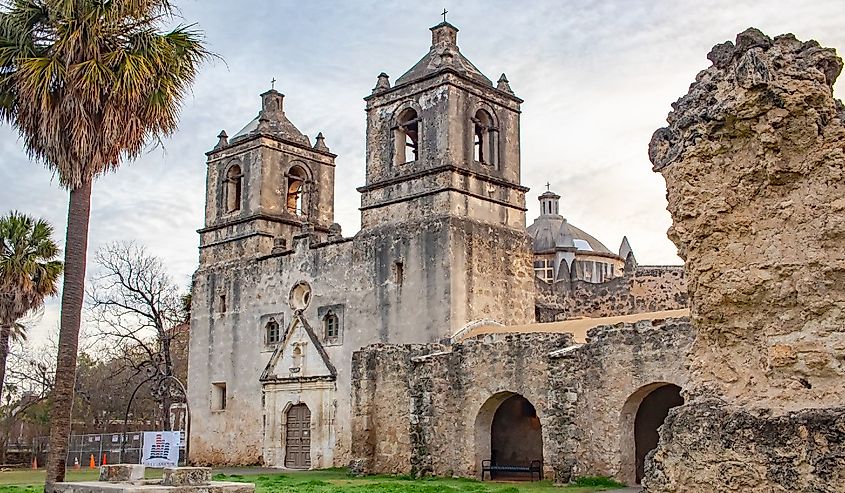
Mission Concepción was the second founded in 1711, though then it was called Mission Nuestra Señora de la Purísima Concepción de los Hainais and was originally located in east Texas. This mission had the task of both converting the local Hainais Native Americans to Catholicism and educating them to be proper Spanish citizens. However, in 1731 the Mission moved to San Antonio and was renamed Mission Neustra Señora de la Purísima Concepción de Acuña. It was in 1731 that the building that still stands on the site was built. This new Mission's purpose was to convert and educate the Pajalat Native Americans. Just over 100 years after its founding, the Mission would become a battlefield. A group of Texan rebels fought a battle with Mexican forces in the opening days of the Texas War of Independence. In the modern day, Mission Concepción is the oldest unrestored church in the United States and still holds mass every Sunday.
Mission San Juan Capistrano
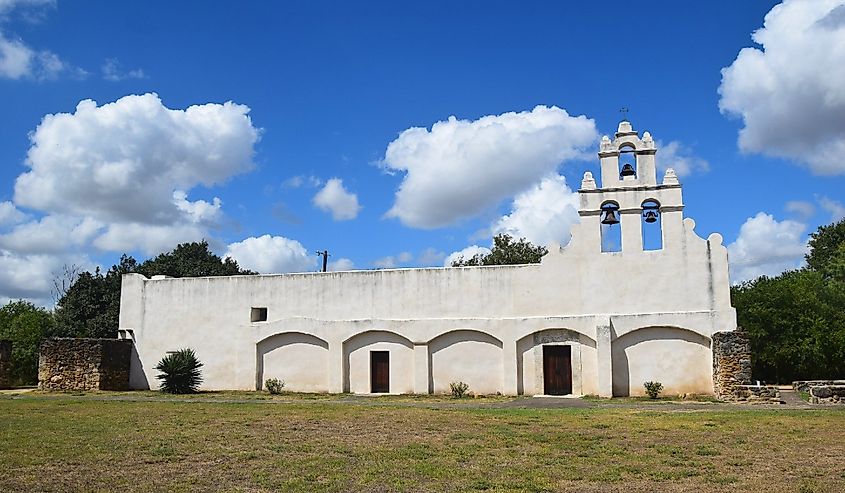
The San Juan Capistrano Mission had a similar experience to Mission Concepción. Founded in 1716 in south-central Texas as La Mission San José de los Nazonis, it moved to the San Antonio area and became Mission San Juan Capistrano in 1731. It was named for the soldier-saint Saint John of Capistrano. The Mission operated under church authority until 1794 when the greatest struggle they faced was how many of the converted Natives simply left the Mission and its farms, as many of the local native tribes traditionally lived a nomadic lifestyle. In 1794, the Mission was secularized, meaning the building was used for other purposes, and the missionaries there moved on. A priest from nearby Mission Espada looked after the Mission until 1824. Mass began again at San Juan Capistrano in 1840 and was held until 1967. The Mission came into the spotlight in 2000 when three priceless wood-carved statues were stolen from the altar. Police have been unable to locate the thieves or the artifacts. The church was also heavily renovated in 2012.
Mission San José
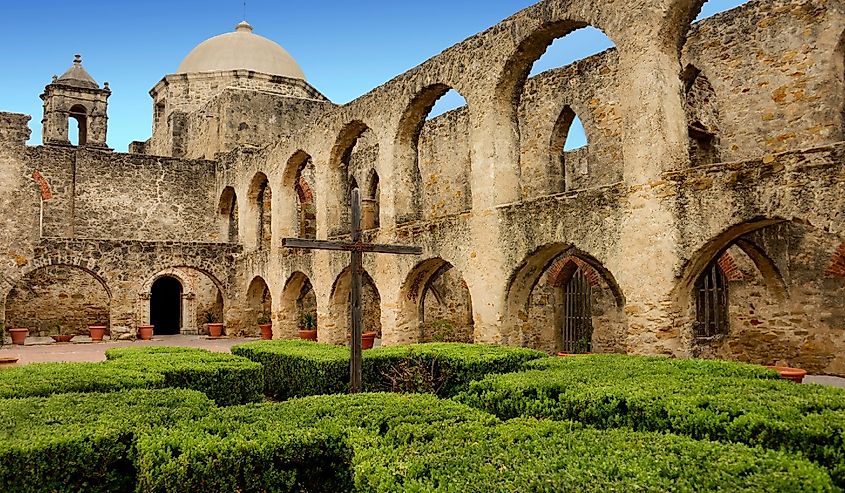
The final Mission founded was Mission San José y San Miguel de Aguayo, better known as Mission San José, in 1720. The mission's purpose was to convert and educate Coahuiltecan Native Americans. The mission lands were given to the natives of the Mission in 1794 and mission-related activities ended in 1824. The buildings were used as shelters for bandits, travelers, the homeless, and soldiers until 1933 when work began to preserve and repair the church. The church is still an active parish today.
The four Missions were placed together in one park in 1975 as Mission Parkway. In 2015, the site became a UNESCO World Heritage Site.
Construction
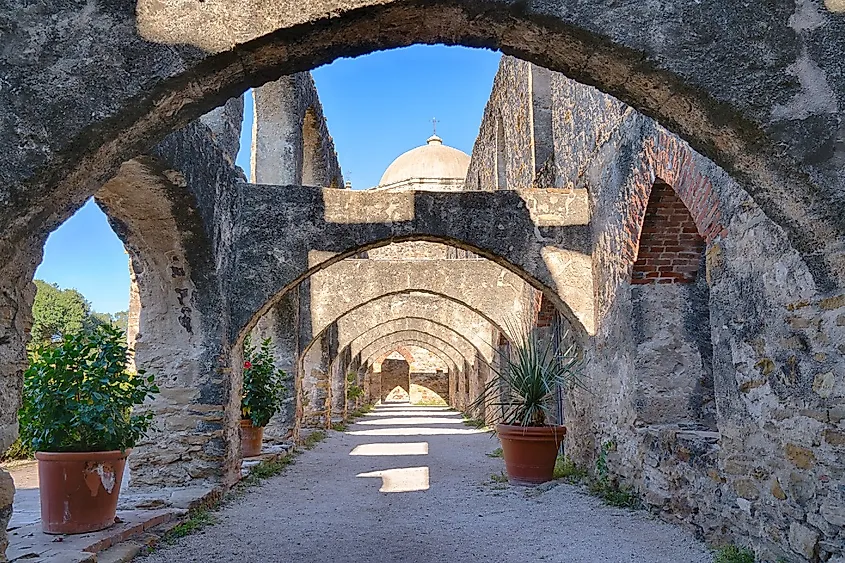
Due to the nature of the Missions, their population and ability to build increased as they converted more Native Americans. They often started small and simple, and then would then grow to accommodate any success. Initial chapels were constructed out of mud, straw, and brush with living quarters made from adobe. Stone was also used if the manpower and materials for harvesting it was available to the Mission. Local resources were also used, such as in Mission San José, where they constructed a church from limestone. In addition to constructing buildings, farms were sewn and pastures constructed to contain livestock. Aqueducts were also installed to ensure fresh water could reach both the farmland and the residents of the Mission.
Features
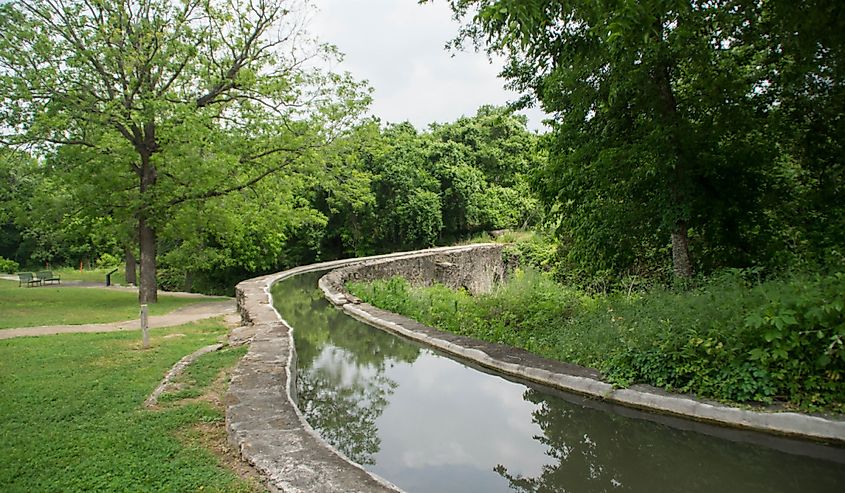
While the Missions generally shared many features, such as a chapel and living quarters, the four did have many distinct features. Mission Espada not only boasts a church but also a friary, a monastery where the friars of the mission lived. They also constructed Rancho de las Cabras, a stretch of land used for cultivating crops and livestock. The Espada Acequia, the aqueduct for the Mission, was also built and still remains today. In addition to the aqueduct, there are also several dams and ditches to assist the aqueduct system. Mission Concepción consists of a church with a library and some remaining mosaics, a convent, and a granary. Mission San Juan Capistrano boasts a church, granary, living quarters, and a belfry as well as a nearby dam for acquiring water and lands for both farming and raising grazing animals. Finally, Mission San José had a church, granary, quarters for the Native Americans, walls, guest rooms, offices, and a pantry. All four missions share many architectural styles and are often considered examples of the Baroque era in America.
Travel
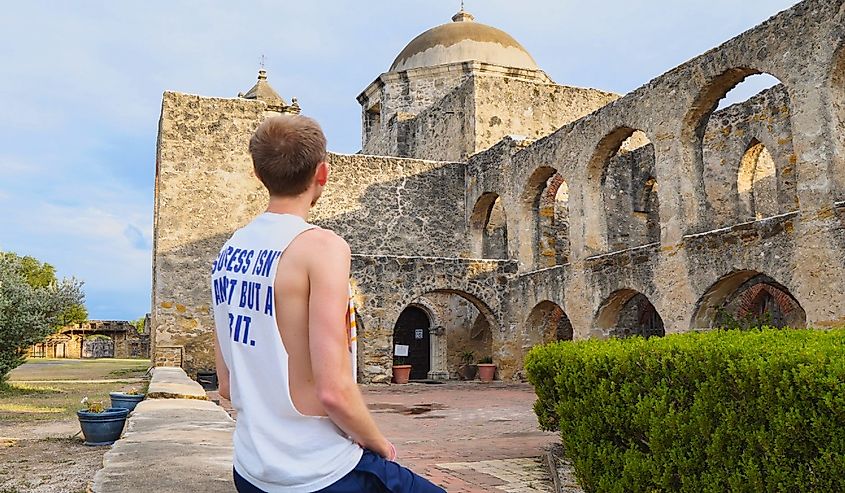
As with any travel, it is best to arrive early and go during the off-season. In this case, the San Antonio Mission Park visiting hours are sunrise-sunset with the Mission buildings themselves being open between 9 am to 5 pm. They are open every day of the year except Thanksgiving, Christmas Day, and New Year's Day. Weather in the area can reach as high as 100 degrees Fahrenheit and humidity can range between 40-80% so staying hydrated and frequently using shaded areas may be necessary depending on the time of year. There is no entrance fee to the park and there are several visitor centers for use by the public. As always, be courteous and respectful to the site, the park rangers, other visitors, and any wildlife in the area.
Conclusion
The San Antonio Missions are not only a set of beautifully preserved churches, but they also provide insight into a lesser-known period of American history. The extent of colonization conducted by the Spanish in North America had a vast influence and these Missions are a great gateway to understanding how the Spanish interacted with Native Americans and how they used Catholicism as a method of ingratiating them into Spanish society.
